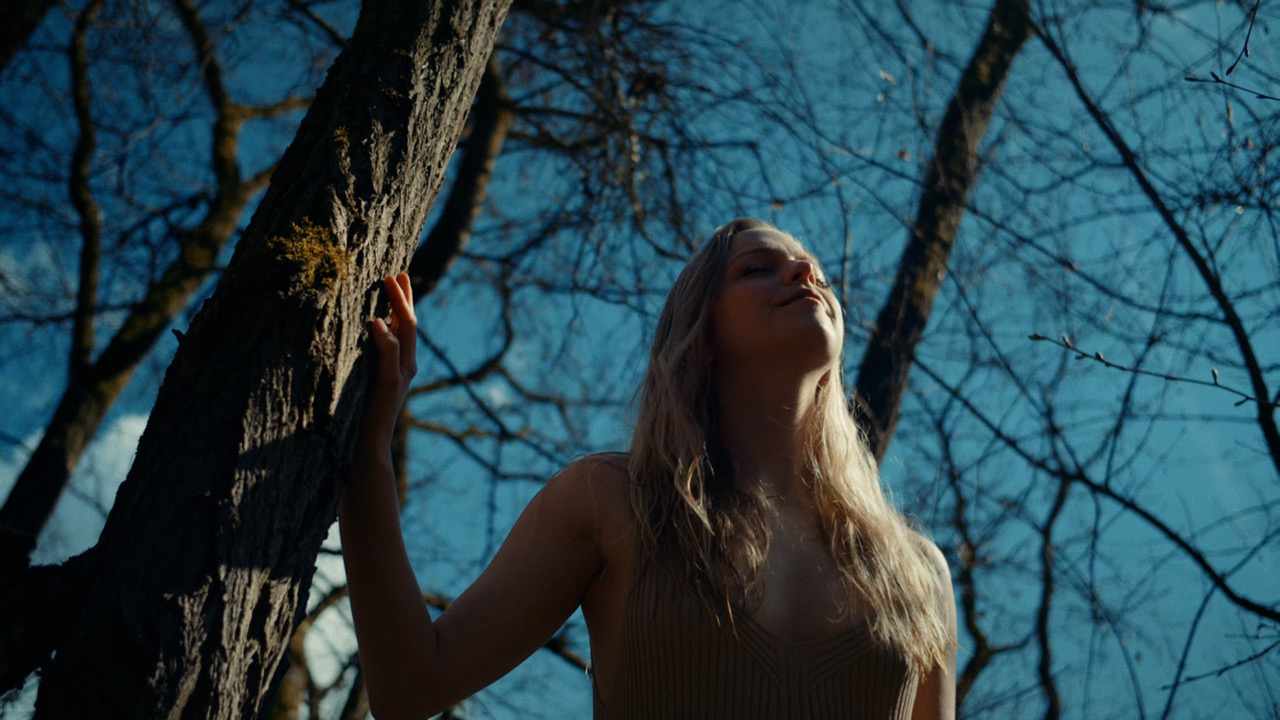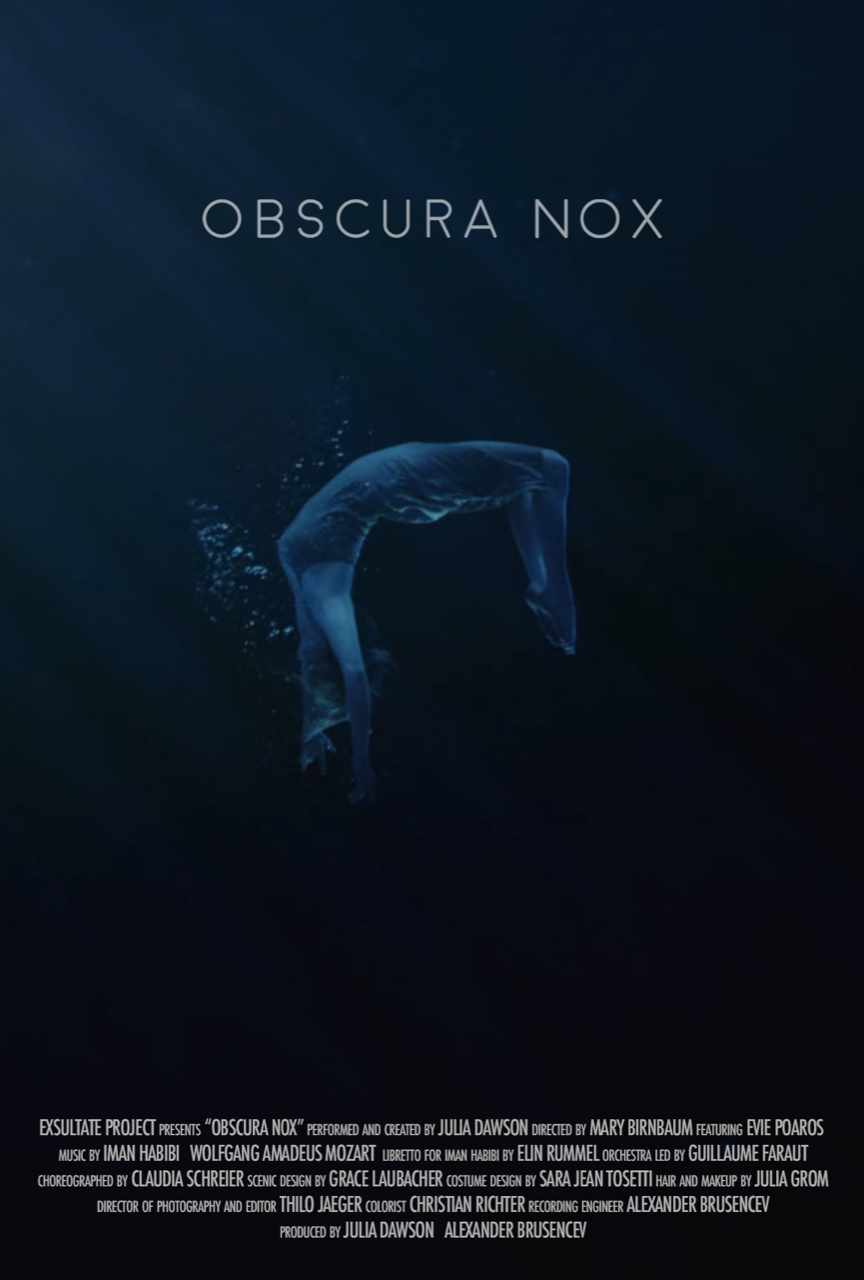
Obscura Nox: Plato meets Mozart and Iman Habibi in remarkable short film
ReviewPlato might have been clever enough to begin a discussion of the remarkable short film Obscura Nox. Not only because it’s a re-telling of his foundational treatise “Allegory of the Cave” but because he excelled at reasoning. Actually, he invented it.
For starters, with all of its existential angst the film never slips into melodrama. This is a taut and refreshing surprise of an adaptation brought to life in visually vibrant and compelling terms. The story is a journey from the intellectual complacency of empirical knowledge to the uncharted waters of philosophical reasoning. The journey is literally immersive.
Then there is the marvelous coloratura mezzo soprano Julia Dawson whose vocal classification sums up the remarkable range she displays here with such agility and musical understanding. Her primary role in Obscura Nox is not as singer alone but as the producer who conceived of this Frankfurt-based project. With fellow producer and sound engineer Alexander Brusencev they made it happen. Together they assembled a trans-Atlantic team including director Mary Birnbaum, choreographer Claudia Schreier, director of photography Thilo Jäger and lead dancer Evie Poaros.

Of course teaming Exsultate Jubilate, Mozart’s paean to spiritual celebration (specifically the Allegro title movement and the Andante, “Tu virginum corona”) with anything might seem audacious. But with the dark and brooding turbulence of per caliginem and ardeo, new music for the film by Iranian-Canadian composer Iman Habibi, the combination is narratively spot on and genuinely inspired. In this context Habibi’s music expands and contemporizes the intention of Mozart’s motet.
The chamber ensemble performing Mozart and Habibi is led by violinist Guillaume Faraut and includes musicians from the Frankfurt Opera, Deutsche Radio Philharmonic, Stattstheater Darmstadt and the Bayreuth Festival Orchestra. A sparkling freshness distinguishes the Mozart while Habibi is performed with absorbing tension.

As the film begins a young woman (Dawson) dances blissfully within her comfort zone. Confronted by an ominous stranger, lead dancer Evie Poaros, who may well represents her expanding consciousness, the young women sets off on a dangerous and uncertain journey. Dawson, giving voice to both women, is often lip-synced, a technique that grounds the encounter in an unsteady reality while maintaining a sense of surreal mystery. Schreier’s concise choreography, dreamy and carefree for the young woman while the stranger is haltingly convulsive, conjures a gripping and foreboding atmosphere.
We have been in what appears to be an empty warehouse or raw gallery space engulfed in shadows, a subtle acknowledgement of how Plato depicted empirical knowledge. Then the young woman appears alone on a loading dock, a clear indication that transition is imminent. Blood appears, not in any ghastly sense and not necessarily belonging to the young woman. She smears it on her face and it drapes over her body as she sings of flames. We next see her on rugged ground heading towards a lake.

Director of photography Thilo Jäger’s shift from the shadows to the natural world is purposefully abrupt, transmitting a visual jolt to the journey underway. What follow is an elegant subterranean ballet danced by Poaros that evokes an evolution or solemn ritual. To complete the journey go to HelioArts.com, where it streams until late October, 2023.
Under Mary Birnbaum’s assured direction this harrowing and cerebral story moves in a refreshingly linear way. The extraordinary melding of music, voice, dance and photography, not to mention Plato’s philosophical discourse, have melded in a way that leaves us artistically and emotionally sated.
This isn’t Dawson’s first cinematic attempt. Last year she recorded Scott Ordway’s fine collection of art songs Girl in the Snow and followed up with a Brusencev instigated video from the recording The Mystery of the World that premiered on this website. During the pandemic Dawson has created opportunities not only for herself but for many artists and technicians (some 50 were involved in Obscura Nox) who might otherwise have been sidelined by cancelled performances and projects.

But what does the unmitigated accomplishment of Obscura Nox mean for opera or things operatic? It could mean plenty. We know that opera is the great amalgam of music, theater and increasingly visual technology. Here those elements are scaled so that enterprising artists can create it for themselves. And let’s be blunt, the knee-jerk response to opera in the non-opera world is that it’s long and in a foreign language. We’re dealing with a 26-minute film here—aided by subtitles. Such appealing efforts have got to attract new and younger audiences if properly promoted. Take note PBS, CBC, BBC and all those other networks looking for new and attention-getting content.

HelioArts is a new streaming service dedicated to the performing arts. Obscura Nox is streaming until late October, 2023. Viewers will do well to ignore the service’s notification “content warning: horror, blood”. A short opera about Julia Child is among its initial offerings. I haven’t seen it but warning: may include dismembered poultry.


Comments